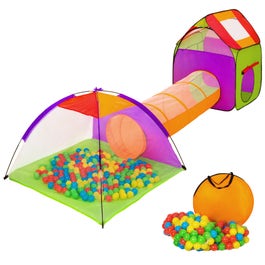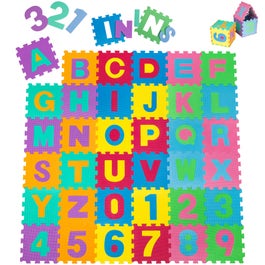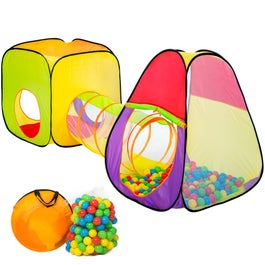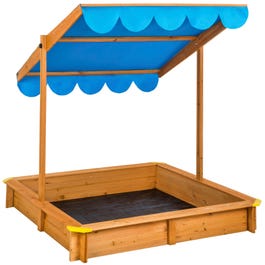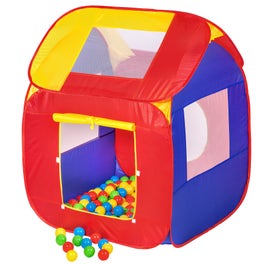Toys that will make their eyes light up
Whether it’s for Christmas, a birthday or a little present just because: children are always happy to get toys! In our online shop, you’ll find a wide range of educational and enriching toys for girls and boys, such as go karts, chalkboards, toy kitchens, scooters and children’s tents.
Our tip: when choosing a toy for your little one, look for robust materials and a high-quality finish. Good toys are free from hazardous materials, don’t have any sharp edges and carry the label for certified safety. Toys that encourage children’s creativity and/or motor skills are especially good.
